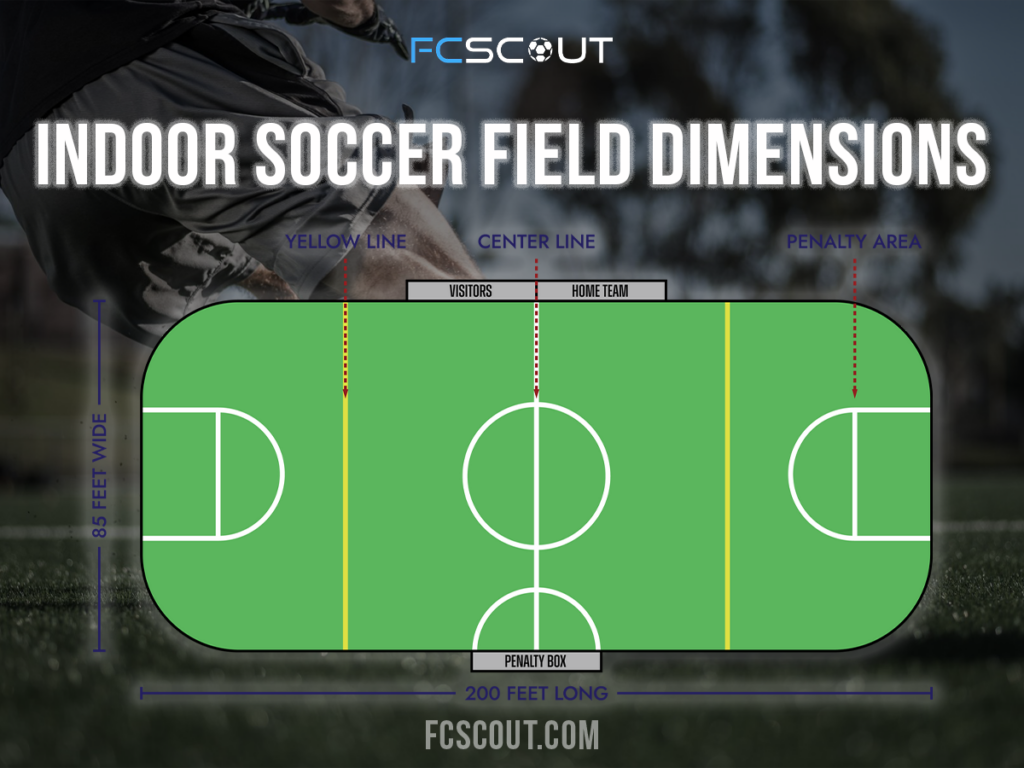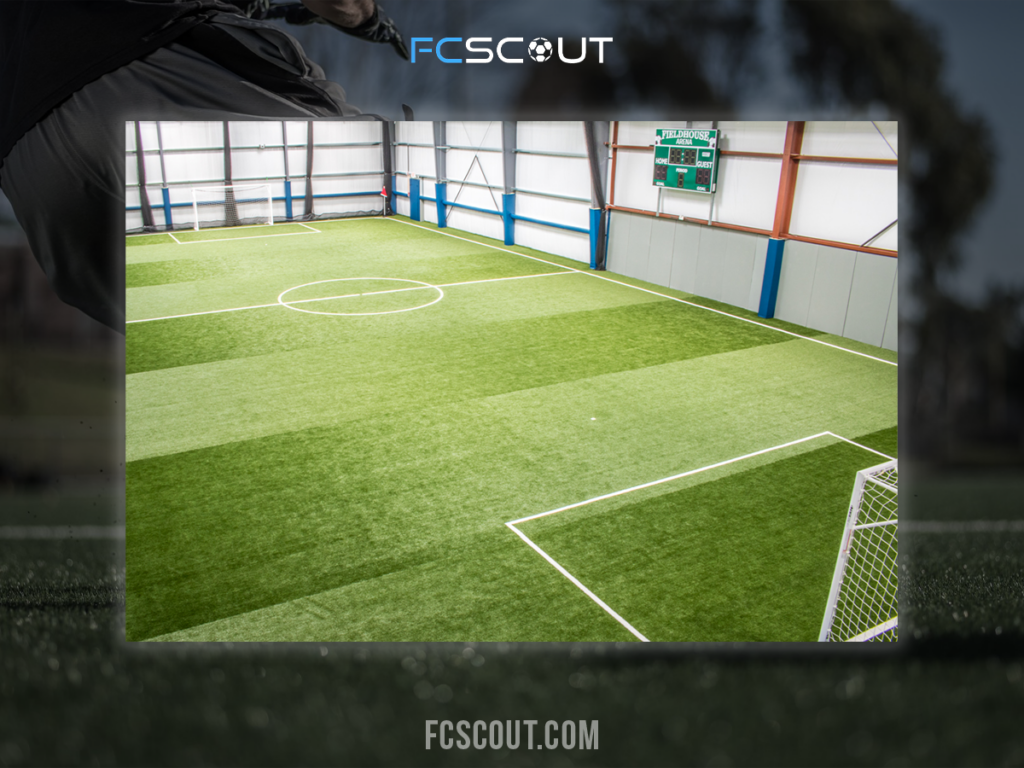Indoor Soccer Field Explained: Dimensions, Markings, and Equipment
Indoor soccer, also known as futsal, is a fast-paced and exciting variation of the traditional outdoor game. The game is played on a smaller field, typically inside a gymnasium or indoor sports complex. In this article, we will explore the indoor soccer field’s dimensions, markings, and equipment, providing a comprehensive guide for players, coaches, and spectators.

Indoor Soccer Field Dimensions
The indoor soccer field’s dimensions are smaller than outdoor soccer fields, reflecting the nature of the game, which emphasizes skill, agility, and close ball control. The typical indoor soccer field measures approximately 40-60 meters long and 20-25 meters wide, with a smaller goal area than outdoor soccer.
Markings on the Indoor Soccer Field
The markings on an indoor soccer field are essential for players and officials to understand the game’s rules and regulations. The most prominent markings include the center circle, goal areas, and penalty areas. The center circle is where the game starts, and the ball is placed at the start of each half. The goal area is a semi-circle located in front of each goal, and it indicates where the goalkeeper can handle the ball. The penalty area is a larger rectangle located in front of each goal, and it marks the location of penalty kicks.

Indoor Soccer Field Equipment
The equipment used on an indoor soccer field is also different from outdoor soccer. The most significant difference is the type of ball used. An indoor soccer ball is typically smaller and denser than an outdoor soccer ball, which allows for better control and maneuverability on the smaller field. Indoor soccer shoes also differ from outdoor soccer shoes, with non-marking soles to prevent damage to the playing surface.
Strategy and Tactics on the Indoor Soccer Field
The smaller size of the indoor soccer field requires different strategies and tactics than outdoor soccer. Teams typically play a more possession-oriented game, relying on quick passes and movement to create scoring opportunities. Defenders often play a high-pressure game, attempting to win the ball back quickly and prevent their opponents from settling into a rhythm.
Differences Between Indoor and Outdoor Soccer
While the rules of indoor soccer are generally the same as outdoor soccer, there are several significant differences between the two games. In addition to the smaller field and different equipment, indoor soccer also has a different number of players on the field, with five players per team instead of the traditional eleven. The game also has a unique substitution system, with unlimited substitutions allowed throughout the game.

Advantages of Indoor Soccer
Indoor soccer has several advantages over outdoor soccer. The smaller field size allows for more touches on the ball and emphasizes skill and technique over physicality. The game’s fast pace and high scoring make it exciting for players and spectators alike, while the reduced field size allows for more indoor soccer facilities in urban areas.
Conclusion
Indoor soccer is a popular and exciting variation of the traditional outdoor game, played on a smaller field with different equipment and rules. By understanding the indoor soccer field’s dimensions, markings, and equipment, players, coaches, and spectators can fully appreciate the game’s unique challenges and advantages. Whether playing for fun or in a competitive league, indoor soccer provides a fast-paced and enjoyable experience for all involved.
EXPLORE MORE CLUBS!
Explore more professional clubs by continent.






